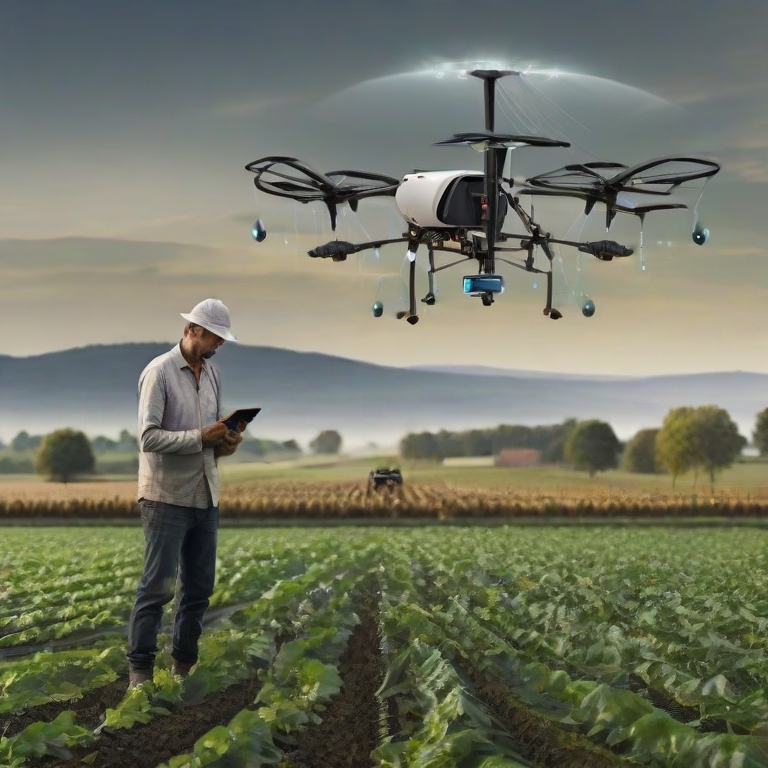Crop mapping and care are integral components of modern agriculture that involve the systematic identification, monitoring, and management of crops within a given area.
Crop mapping and care are essential components of modern agriculture for several reasons:
- Optimizing Resource Allocation:
- Crop mapping involves the precise identification and delineation of different crops within a field. This information is crucial for farmers to allocate resources such as water, fertilizers, and pesticides more efficiently. By understanding the specific needs of each crop, farmers can tailor their inputs to maximize yields.
- Precision Farming Practices:
- Crop mapping enables the implementation of precision farming techniques. With accurate information about the types and locations of crops, farmers can use technologies like GPS-guided tractors and automated machinery to perform tasks with high precision. This minimizes resource wastage and reduces the environmental impact of agriculture.
- Disease and Pest Management:
- Identifying and mapping crops help farmers monitor and manage diseases and pests effectively. Early detection of issues in specific areas of a field allows for targeted interventions, reducing the need for widespread pesticide applications and minimizing the risk of resistance.
- Crop Rotation Planning:
- Crop mapping assists in planning crop rotations, a key practice for maintaining soil health and fertility. By rotating crops strategically, farmers can disrupt the life cycles of pests and diseases, reduce soil erosion, and optimize nutrient utilization.
- Harvest Planning:
- Knowing the types and locations of crops is crucial for efficient harvest planning. Different crops may mature at different rates, and having accurate information about their growth stages helps farmers schedule harvest activities to optimize yield and quality.
- Water Management:
- Crop mapping is vital for effective water management, especially in regions facing water scarcity. By understanding the water requirements of each crop, farmers can implement precision irrigation techniques, ensuring that water is applied where and when it is needed most.
- Data-Driven Decision Making:
- Crop mapping provides valuable data that can be integrated into decision support systems. Farmers can use this data to make informed decisions on planting, fertilization, pest control, and other aspects of crop management. Data-driven decisions lead to better outcomes and increased overall farm efficiency.
- Monitoring Crop Health:
- Crop mapping, when combined with remote sensing technologies, allows for continuous monitoring of crop health. Satellite imagery and drones equipped with sensors can provide real-time information on factors like chlorophyll levels, which helps farmers detect stress or disease early on.
- Compliance and Reporting:
- In some regions, farmers may be required to report the types and amounts of crops they are cultivating. Accurate crop mapping facilitates compliance with agricultural regulations and reporting requirements.
- Sustainable Agriculture:
- Crop mapping supports sustainable agriculture practices by enabling farmers to adopt approaches such as agroforestry, cover cropping, and organic farming. It helps in optimizing the use of natural resources and minimizing the environmental impact of farming.
In summary, crop mapping and care are necessary in agriculture to optimize resource use, enhance productivity, and contribute to sustainable and environmentally friendly farming practices. These practices empower farmers with the information needed to

